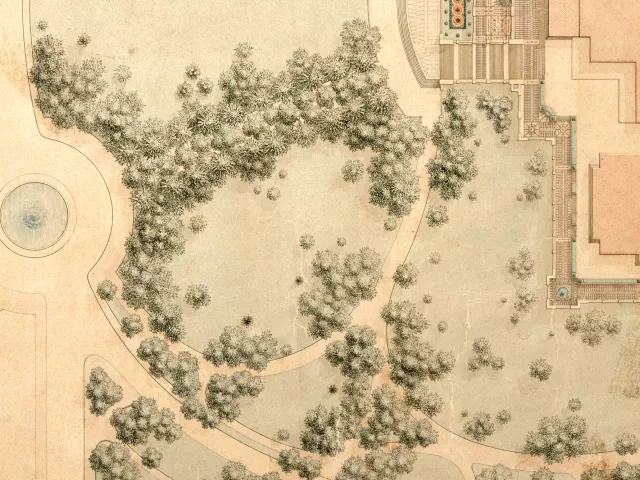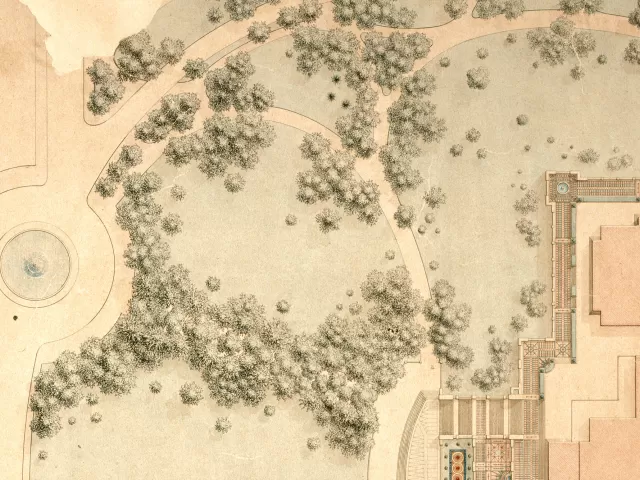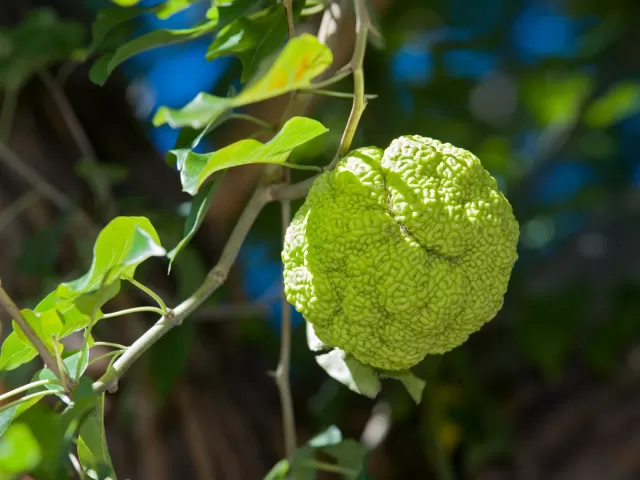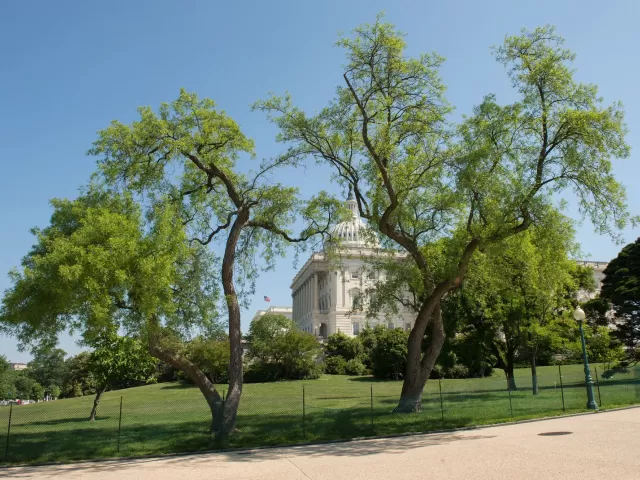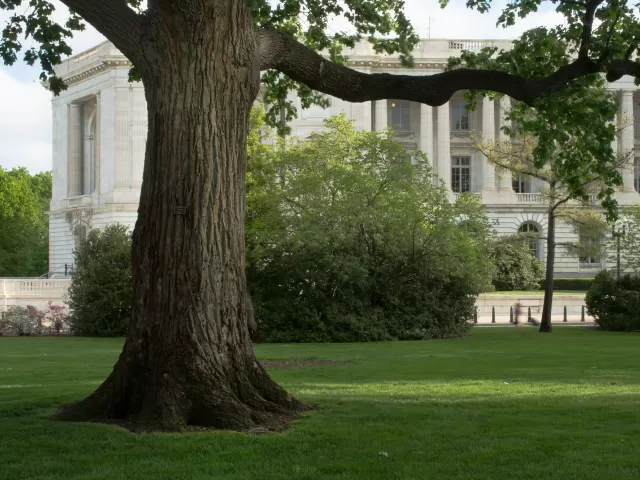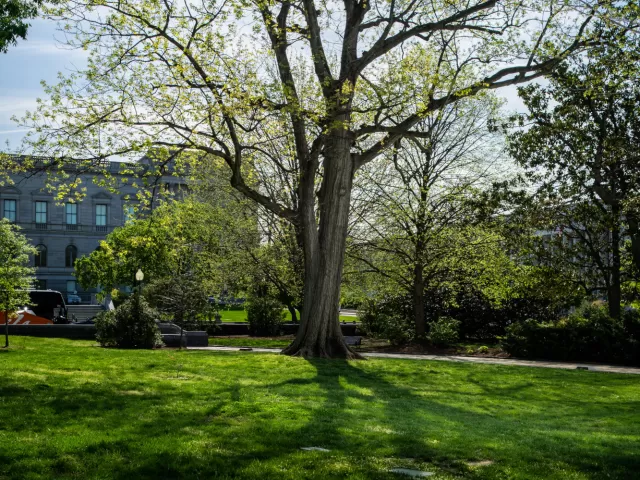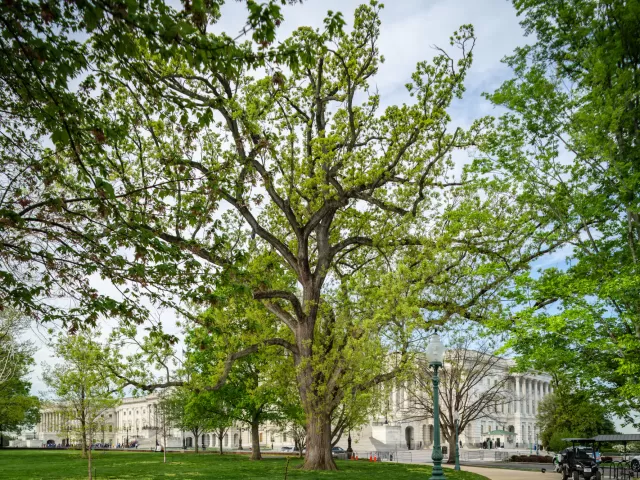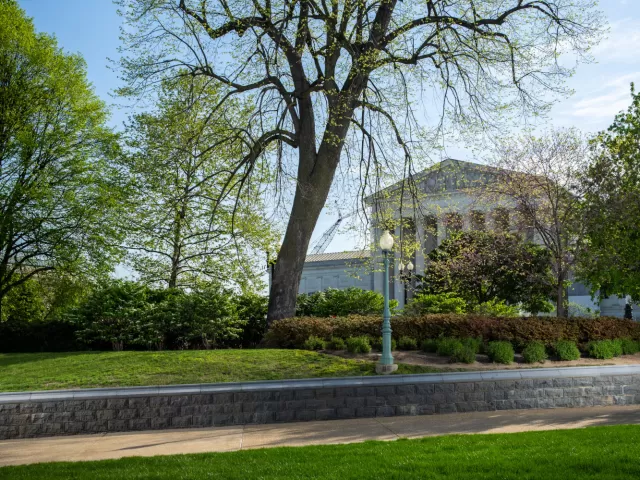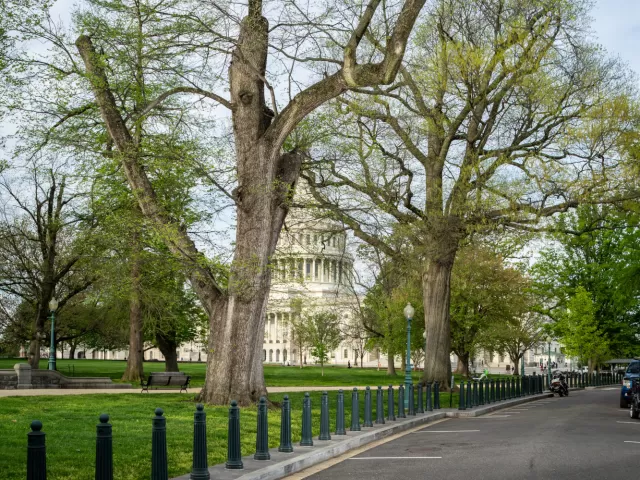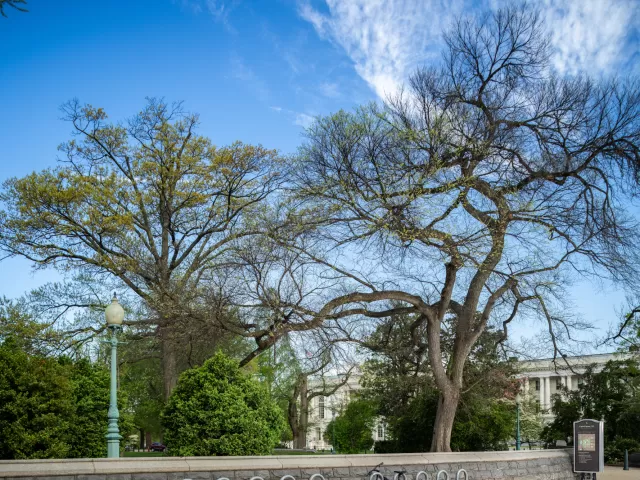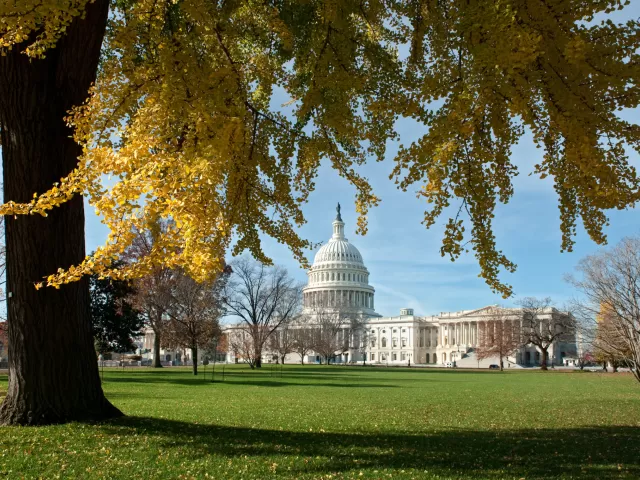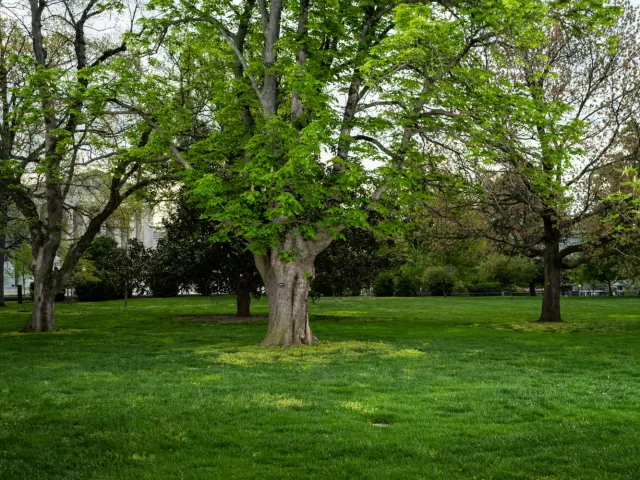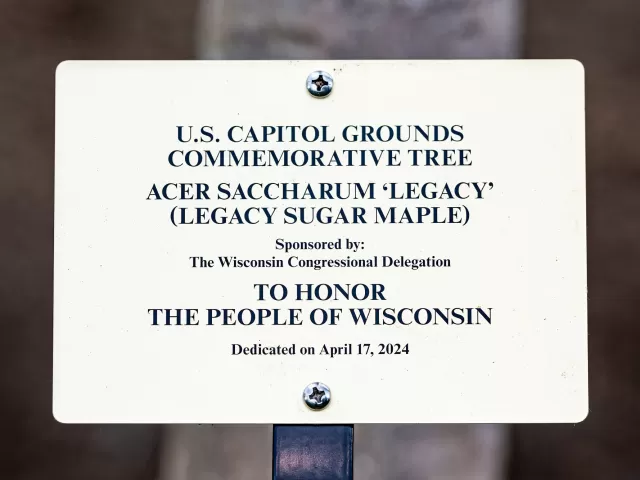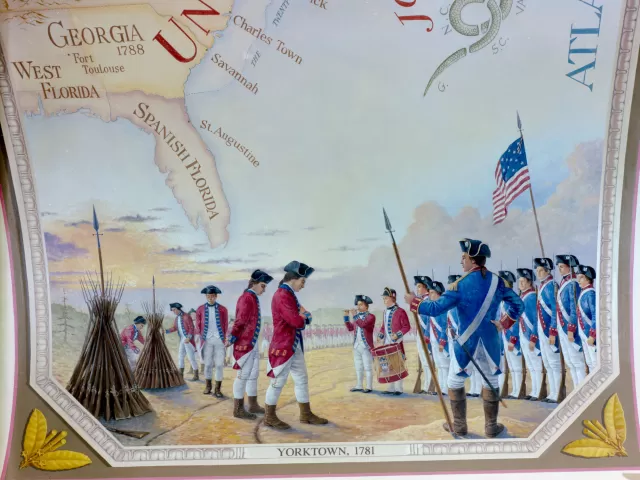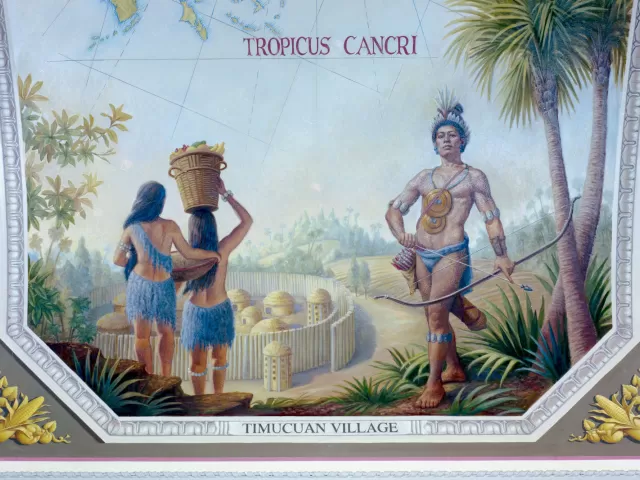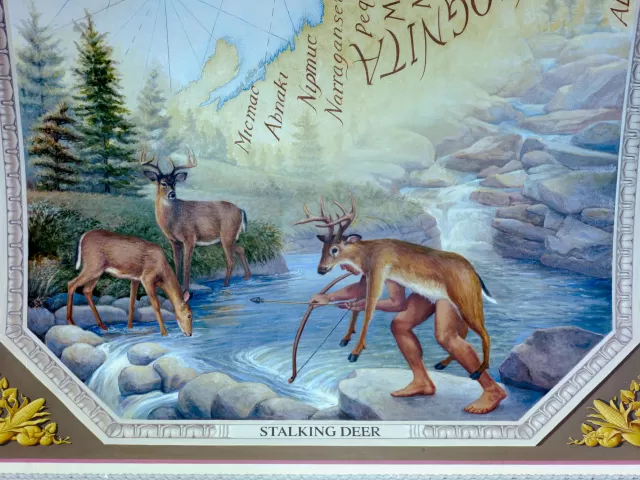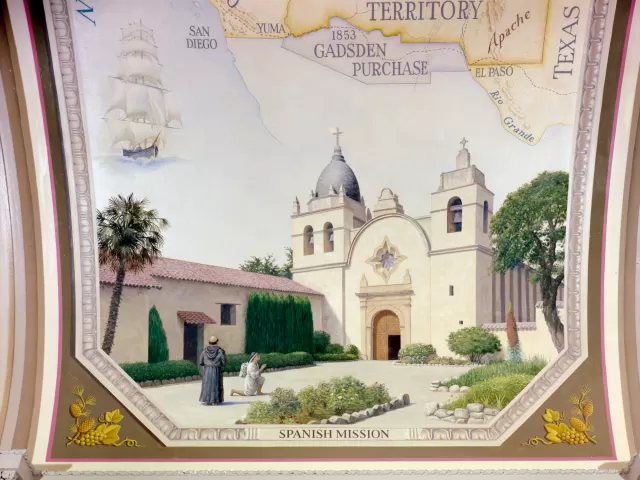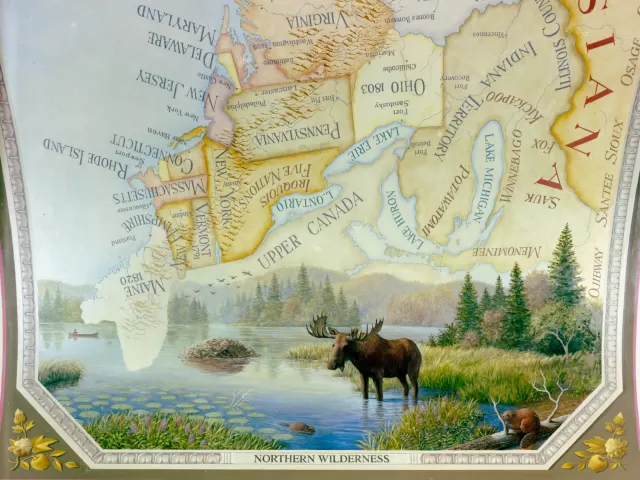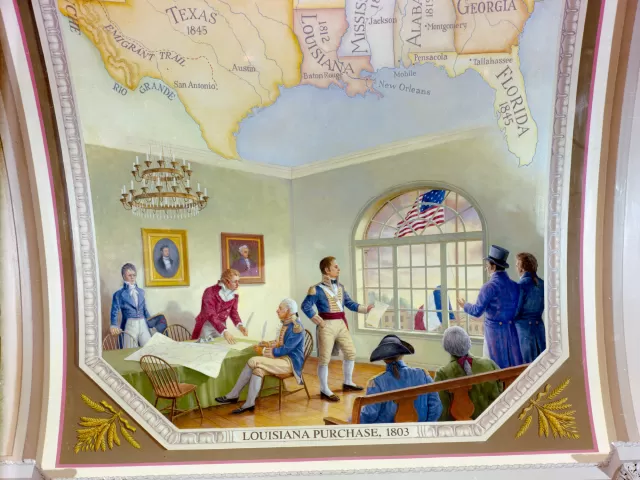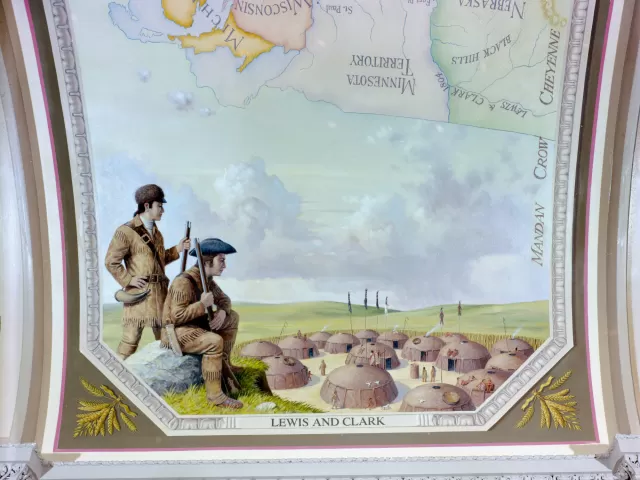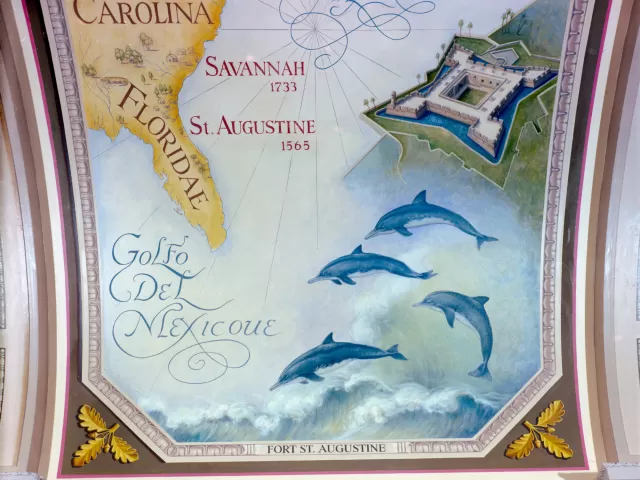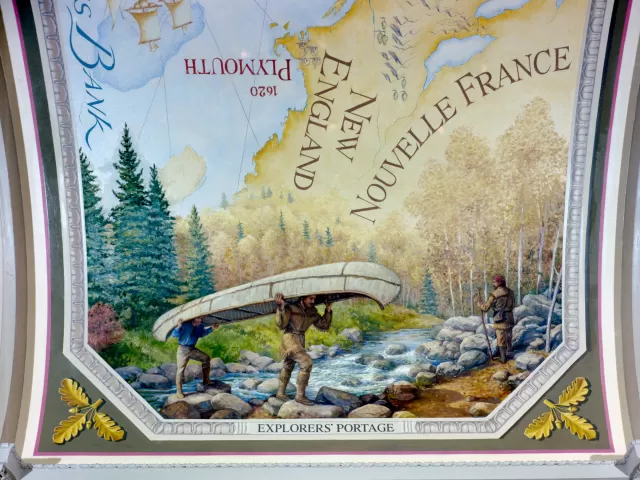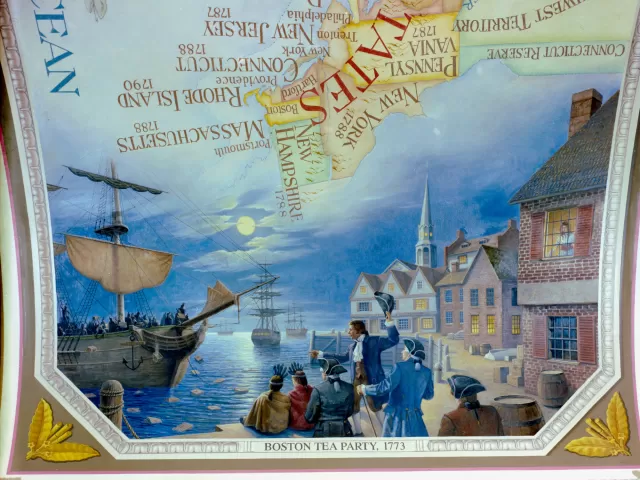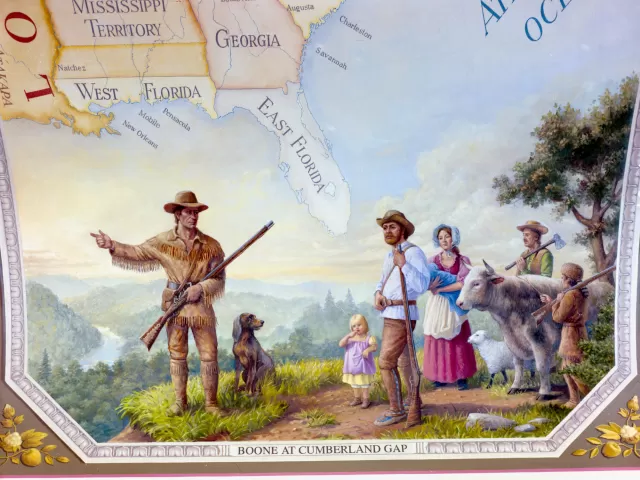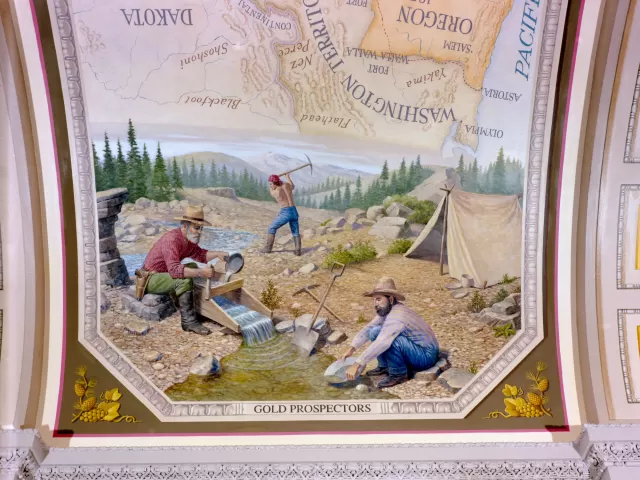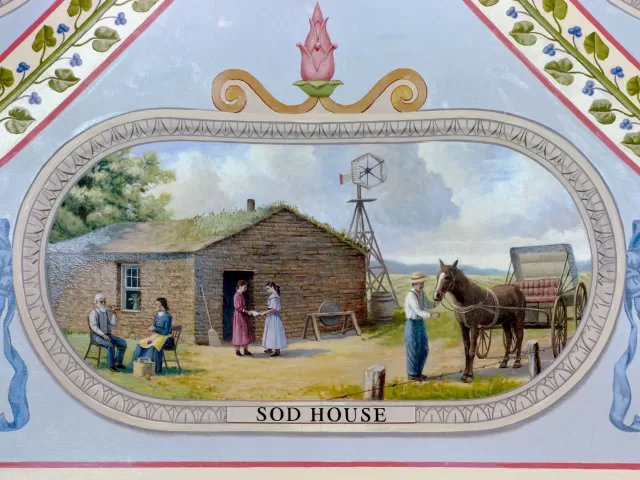Displaying 61 - 90 of 483 Clear
Highlight
There is one original yellow buckeye tree still living on the U.S. Capitol campus today.
Highlight
There are two original Dutch elm trees still living on the U.S. Capitol campus today.
Highlight
There are two original white ash trees still living on the U.S. Capitol campus today.
Highlight
There is one original green ash tree still living on the U.S. Capitol campus today.
Highlight
There are three original Japanese pagoda trees still living on the U.S. Capitol campus today.
Highlight
There are two original Osage orange trees still living on the U.S. Capitol campus today.
Highlight
There are two original jujube trees still living on the U.S. Capitol campus today.
Highlight
There are three original tulip trees still living on the U.S. Capitol campus today.
Highlight
There is one original northern red oak tree still living on the U.S. Capitol campus today.
Highlight
There are three original bur oak trees still living on the U.S. Capitol campus today.
Highlight
Also known as basswood, the American linden is a native deciduous tree found throughout eastern North America. It is known for its broad, heart-shaped leaves, fragrant pale-yellow flowers that attract pollinators, and its smooth gray bark that develops ridges with age. Historically, its soft
Highlight
There is one original smoothleaf elm tree still living on the U.S. Capitol campus today.
Highlight
There are two original American elm trees still living on the U.S. Capitol campus today. About the Olmsted Originals Landscape architect Frederick Law Olmsted's 1874 General Plan for the U.S. Capitol Grounds sought to create a setting to accentuate the monumentality of the Capitol Building
Highlight
There are two original American beech trees still living on the U.S. Capitol campus today.
Highlight
Known for its fan-shaped leaves that turn from bright green in the summer to bright yellow in the fall, the ginkgo's earliest leaf fossils date back 270 million years. The ginkgo drops its leaves at the same time creating a solid yellow carpet under the tree. There are six original ginkgo trees
Highlight
There is one original horse chestnuet tree still living on the U.S. Capitol campus today.
Highlight
U.S. Capitol Grounds commemorative tree sponsored by the Wisconsin Congressional Delegation to honor the people of Wisconsin.
Highlight
At the end of the Revolutionary War, the British are shown laying down their arms against a symbolic sunset.
Highlight
Three Native Americans of northern Florida's Timucuan tribe are depicted near their village.
Highlight
A member of a hunting-gathering tribe is shown in a northern forest with pine and fur trees.
Highlight
A converted Native American kneels in prayer under the guidance of a monk in front of the El Carmelo mission.
Highlight
A lone explorer in a canoe enters the picture, symbolically from the east.
Highlight
The third signing of the Louisiana Treaty, which occurred in New Orleans, is depicted.
Highlight
The explorers are shown on the Missouri river looking over a Mandan village.
Highlight
Boston Harbor appears in a moonlit scene, with people dressed as Native Americans throwing crates of tea from a boat; this famous event led to the Revolutionary War.
Highlight
This mural shows different methods used by prospectors in the search for wealth in California, the Yukon and Alaska.
Highlight
A typical prairie home is shown with a barbed wire fence, which represents the settlement of the great open plains.
